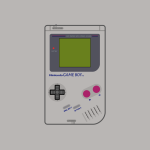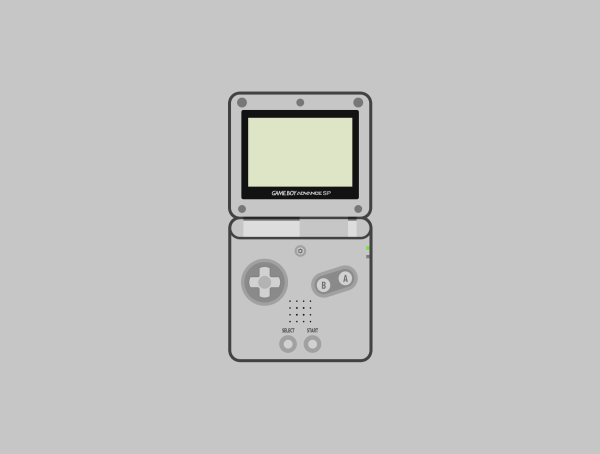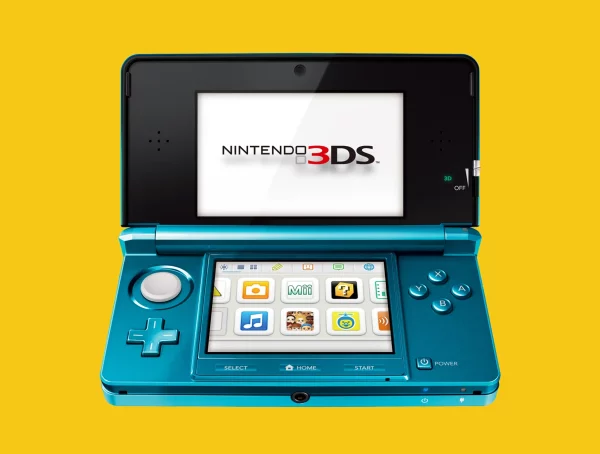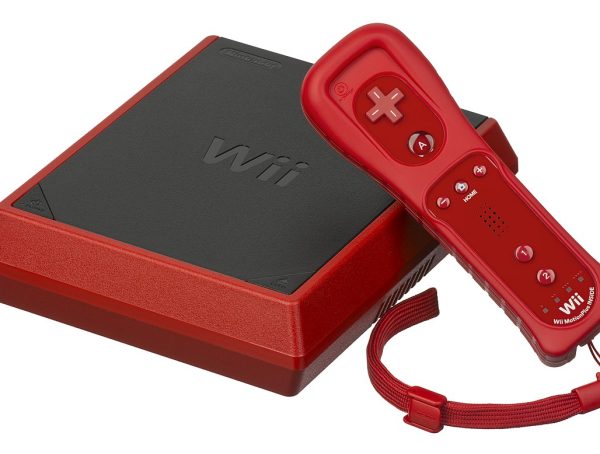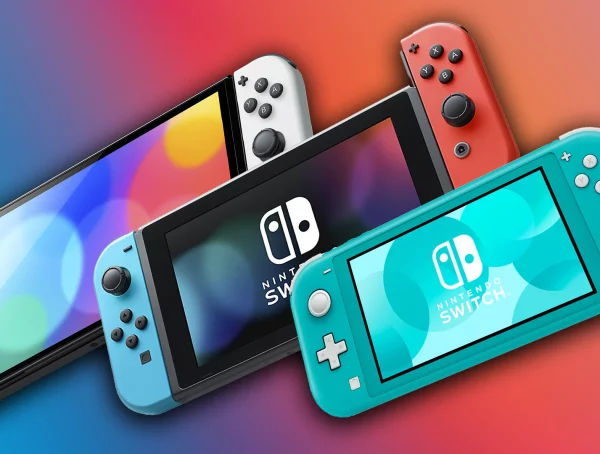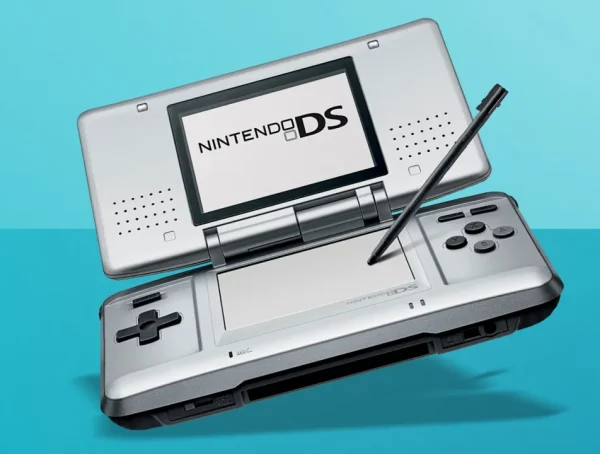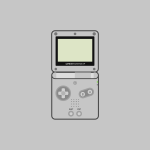Complete History and Technical Specifications
Before the Game Boy, before the DS, and long before the Nintendo Switch, there was the Game & Watch, Nintendo’s pioneering entry into the world of handheld electronic gaming. First released in 1980, the Game & Watch series laid the foundation for the portable gaming industry. Its simplicity, creativity, and engineering genius turned it into a commercial hit and an important milestone in gaming history.
Origins and Development
The idea for Game & Watch came from Gunpei Yokoi, a Nintendo engineer who observed a bored businessman fiddling with a pocket calculator on a train. Inspired by the simplicity and portability of such devices, Yokoi envisioned a handheld gadget that could serve as both a game and a digital watch, hence the name Game & Watch.
At the time, Nintendo was transitioning from a toy company to an electronics and video game powerhouse. Game & Watch was one of its earliest electronic ventures, preceding the success of arcade hits like Donkey Kong and the NES/Famicom.
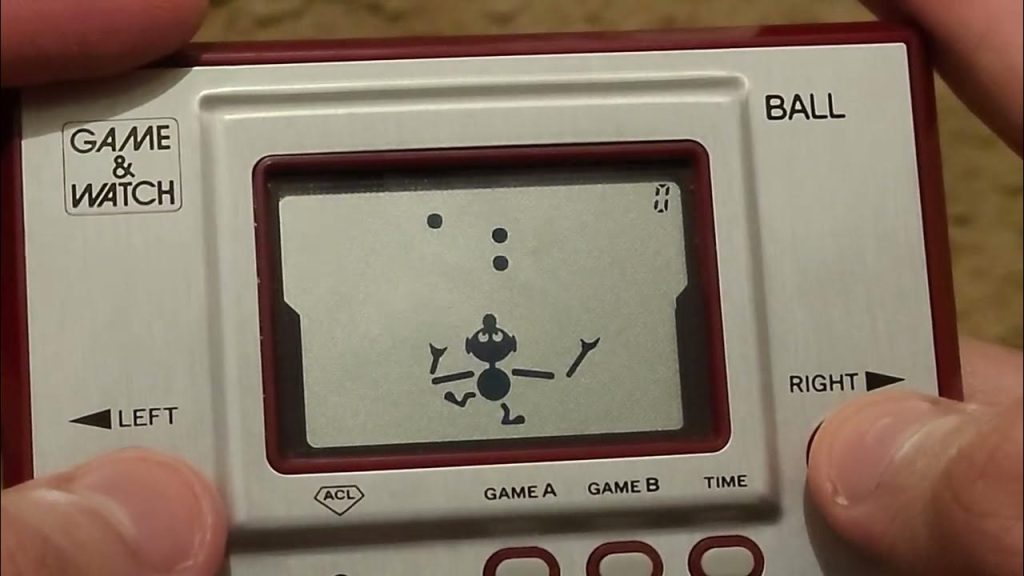
Launch and Commercial Success
The first Game & Watch title, Ball, was released in April 1980 in Japan. The game featured a simple juggling mechanic using black-and-white LCD graphics and had a built-in clock. It was compact, battery-powered, and featured a digital screen, something revolutionary for its time.
The line eventually expanded to include over 60 different Game & Watch titles released between 1980 and 1991, with more than 43 million units sold worldwide.
Key Innovations
- D-Pad (Directional Pad):
The 1982 Game & Watch title Donkey Kong was the first to feature the now-iconic cross-shaped D-pad, which became a standard in console and handheld controllers thereafter. Gunpei Yokoi’s invention received a Technology & Engineering Emmy Award in 2008. - Multiscreen Design:
Some Game & Watch units, like Donkey Kong and Zelda, featured a dual-screen clamshell design, a concept later reused in the Nintendo DS decades later. - Portable Timekeeping:
True to its name, each Game & Watch included a digital clock (and sometimes an alarm), adding real-world utility to a gaming device.

Categories and Series
Game & Watch games were grouped into different series, each with unique hardware designs:
- Silver Series (1980): The original models, simple in both game complexity and design.
- Gold Series (1981): Improved aesthetics with a gold-colored faceplate.
- Wide Screen Series (1981–82): Larger LCDs with enhanced visibility.
- Multi Screen Series (1982–89): Dual-screen devices, pioneering the clamshell design.
- New Wide Screen Series (1982–91): Updates to earlier wide screen games.
- Tabletop and Panorama Series (1983–84): Color screen units with magnifying lenses or mirrors.
- Super Color and Crystal Screen Series (1984–86): Advanced color LCDs and transparent designs.
- Micro Vs. Series (1984): Included detachable controllers for multiplayer gaming.
Notable Titles
Some of the most popular and influential Game & Watch titles include:
- Ball (1980): The very first title.
- Fire (1980): Players bounce people from a burning building using a stretcher.
- Donkey Kong (1982): One of the most famous Game & Watch games; introduced the D-pad.
- Mario Bros. (1983): A precursor to the platforming legacy of Mario and Luigi.
- Zelda (1989): An action-adventure dual-screen Game & Watch experience.
Technical Specifications
| Feature | Specification |
|---|---|
| Display | Monochrome LCD (some later models had color or mirror-based screens) |
| Sound | Simple beeps/buzzers |
| Power Supply | 2 x LR44 button cell batteries (typical) |
| Processor | Custom integrated circuits (varied per game) |
| Input | Basic buttons or D-pad (first introduced in 1982) |
| Dimensions | Varies by model; typically pocket-sized |
| Clock Functionality | Included in most models |
| Alarm | Included in some models |
Legacy
The Game & Watch was not only a massive commercial success but also a technological and cultural milestone:
- It paved the way for future Nintendo handhelds like the Game Boy, DS, and Switch.
- It introduced the D-pad, an innovation used on almost all modern game controllers.
- It helped popularize Mario, Donkey Kong, and Zelda outside of arcades and into homes.
- It solidified Gunpei Yokoi’s place in gaming history.
Modern Revival
In 2020 and 2021, Nintendo released Game & Watch: Super Mario Bros. and Game & Watch: The Legend of Zelda, modern reimaginings with full-color LCD screens, rechargeable batteries, and multiple classic games, commemorating the device’s 40th anniversary and celebrating Mario’s and Zelda’s legacy.
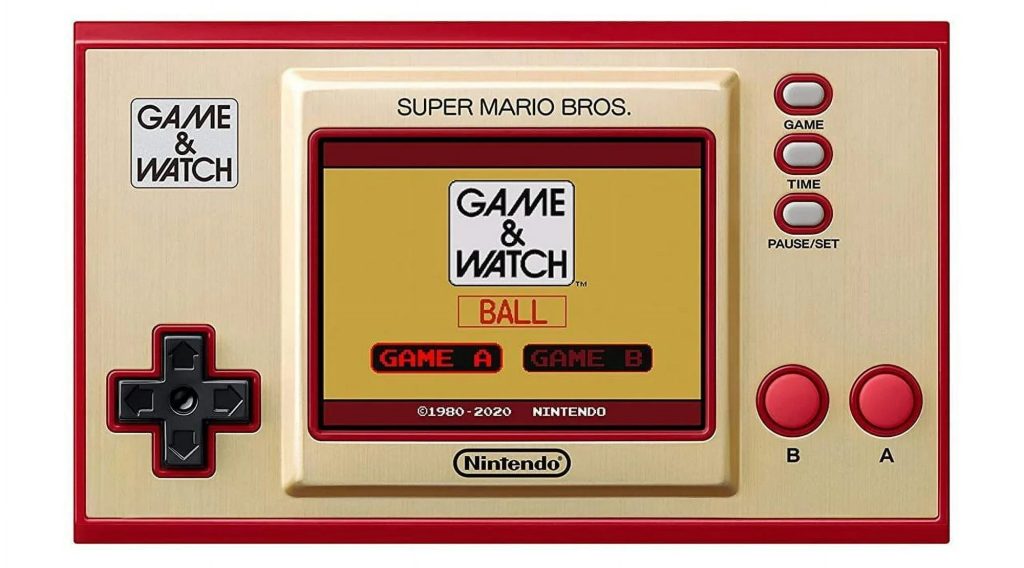
Nintendo Game & Watch More Than a Nostalgic Collectible
The Nintendo Game & Watch is much more than a nostalgic collectible. It represents the genesis of portable gaming, merging simple design with imaginative gameplay and hardware innovation. From train ride inspirations to millions of pockets worldwide, the Game & Watch helped build Nintendo into the gaming titan it is today.
You might also like
More from CONSOLES
Nintendo Wii Mini: Complete History, Versions, and Specs (2012)
The Nintendo Wii Mini is a lesser-known variant of the highly successful Nintendo Wii console. Designed as a more affordable …
Nintendo Switch: The Complete History and Versions of Nintendo’s Hybrid Revolution (2017)
Introduction When the Nintendo Switch was launched on March 3, 2017, it wasn’t just a new console, it was a radical …
Nintendo DS: The Dual-Screen Revolution (2004)
The Nintendo DS, launched in 2004, marked a bold and innovative step in the world of handheld gaming. With its …
